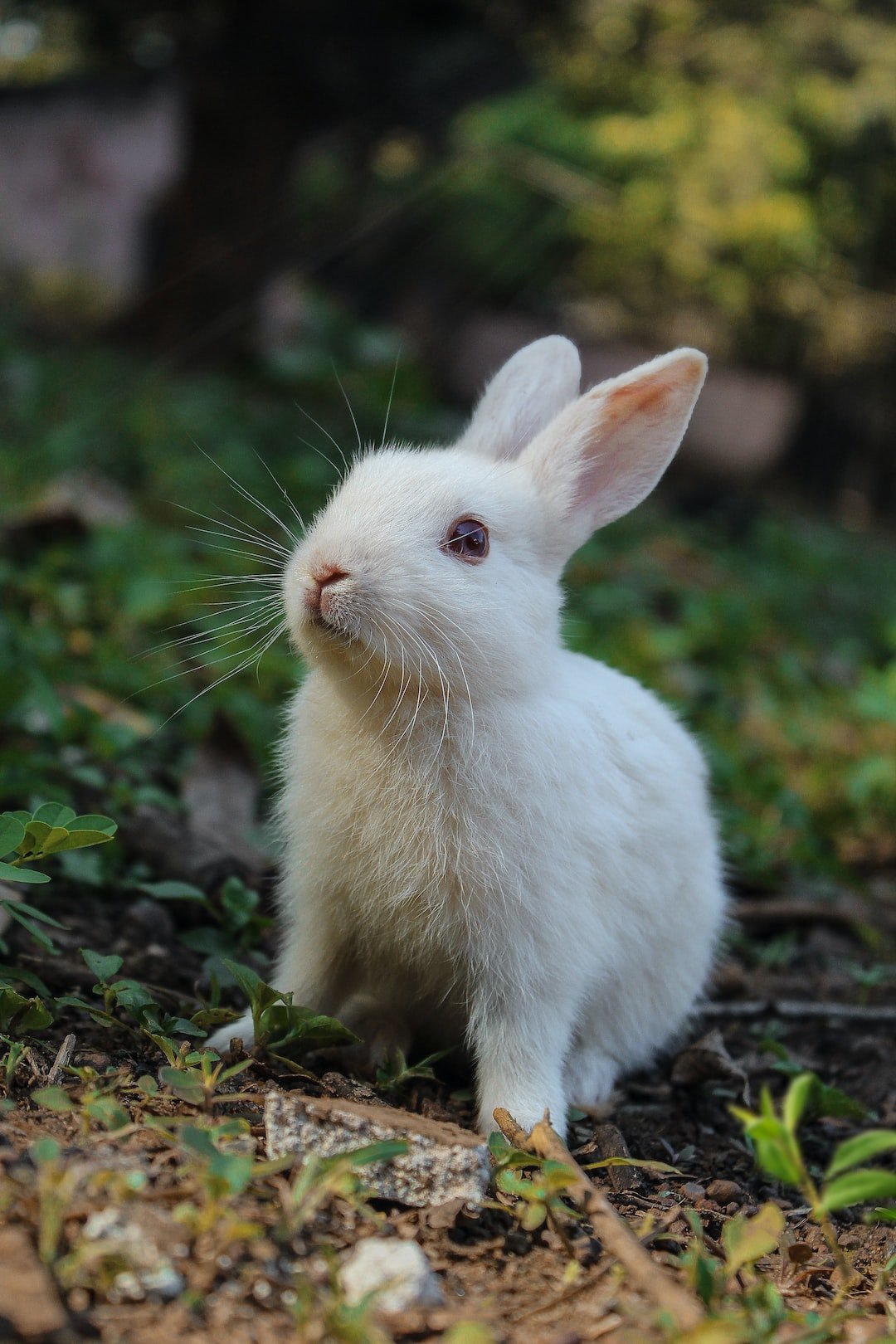Understanding Animal Communication: Crack the Code!
Animals have always fascinated humans with their unique forms of communication. From the melodious songs of birds to the elaborate dance moves of bees, there is so much to learn and decipher from the animal kingdom. While humans have developed spoken and written language as their primary means of communication, animals have their own intricate methods of conveying messages to one another. In this blog post, we will explore the fascinating world of animal communication and try to crack the code behind it.
Animal communication can take various forms, including vocalizations, body movements, facial expressions, and chemical signals. Each species has its own system of communication based on their senses and abilities, and some are more complex than others. Let’s take a closer look at a few examples to understand how animals communicate.
One of the most well-known forms of animal communication is through vocalizations. Birds, for instance, use melodic calls and songs to communicate with other members of their species. These songs serve multiple purposes like attracting mates, defending territories, and warning others of potential danger. Each species of bird has its own unique song, and they use this distinctive tune to convey specific messages that only their counterparts can understand.
Similarly, dolphins are known for their impressive ability to communicate through a series of clicks and whistles underwater. These sounds, emitted from their blowholes, act as a form of language that allows them to communicate with other members of their pod. These communication skills are so advanced that dolphins can even mimic the signature whistles of their companions, which helps strengthen social bonds and locate each other in the vast ocean.
Moving on to body movements and gestures, animals like dogs and cats often use them to communicate with humans and other animals. A wagging tail in a dog usually indicates happiness or excitement, while a raised tail in a cat signifies confidence or aggression. These visual cues serve as a way for animals to express their emotions and intentions to others, helping them navigate their social interactions more effectively.
Facial expressions are also crucial in animal communication. For instance, primates like chimpanzees and gorillas have a wide range of facial expressions they use to convey their emotions and intentions. A smile in a chimpanzee can indicate submissiveness, while a bared teeth display signals aggression and dominance. These expressive faces are instrumental in maintaining social hierarchies and avoiding conflicts within their groups.
In addition to vocalizations and body movements, animals also use chemical signals to communicate. Pheromones, for example, are chemical substances released by animals into the environment to transmit specific messages to others. Insects like ants and bees heavily rely on pheromones for various purposes. Ants use pheromones to mark trails, alert others about food sources, and even recognize their colony members. Bees, on the other hand, use pheromones to coordinate activities within their hive, communicate information about the location of nectar, and even identify queen bees.
Understanding animal communication is not an easy task, as it often requires years of research and observation. Scientists and researchers employ various techniques, such as sound recordings, behavioral studies, and even high-tech devices to decode the complex languages of animals. By understanding and deciphering these unique forms of communication, we gain valuable insights into the lives and behaviors of our fellow inhabitants on this planet.
In conclusion, animal communication is a vast and diverse field that continues to amaze and perplex us. From songs and calls to body movements and pheromones, animals possess a wide range of tools to convey their messages to their peers. By cracking the code behind animal communication, we open the door to a deeper understanding and appreciation of the natural world around us. So let’s embrace this fascinating realm and continue to explore the intricate languages of our fellow creatures.

